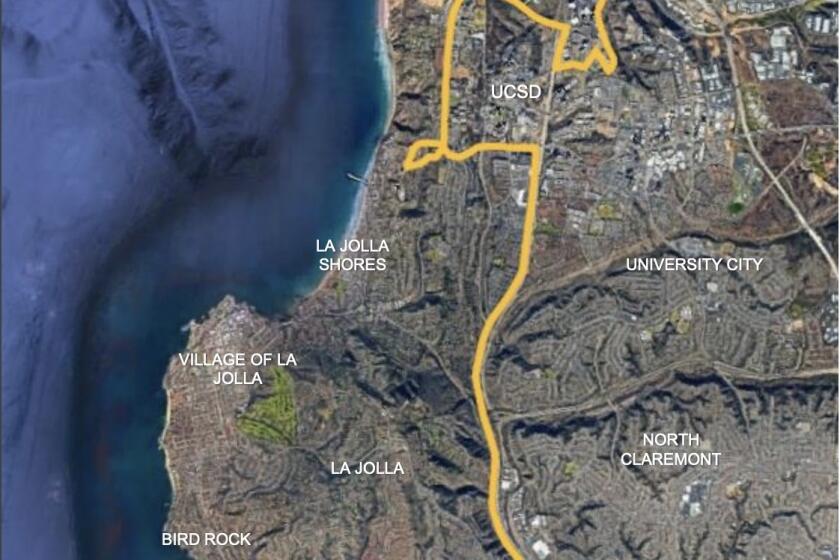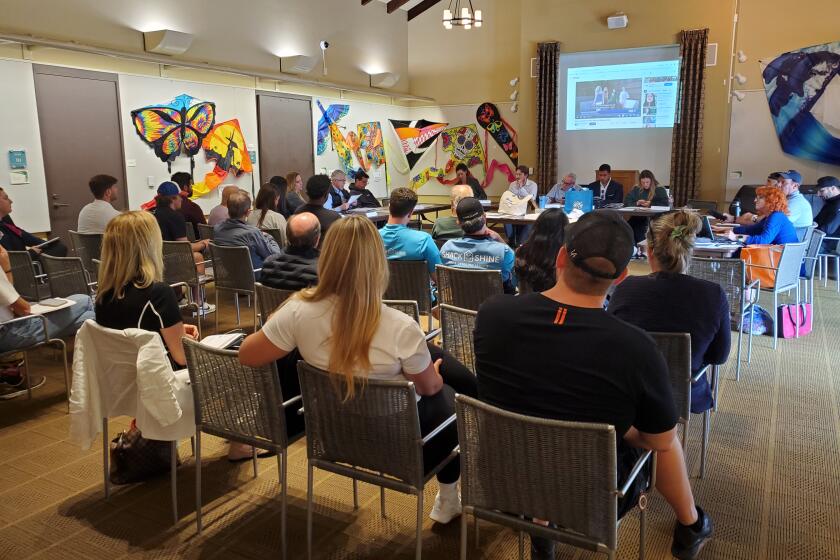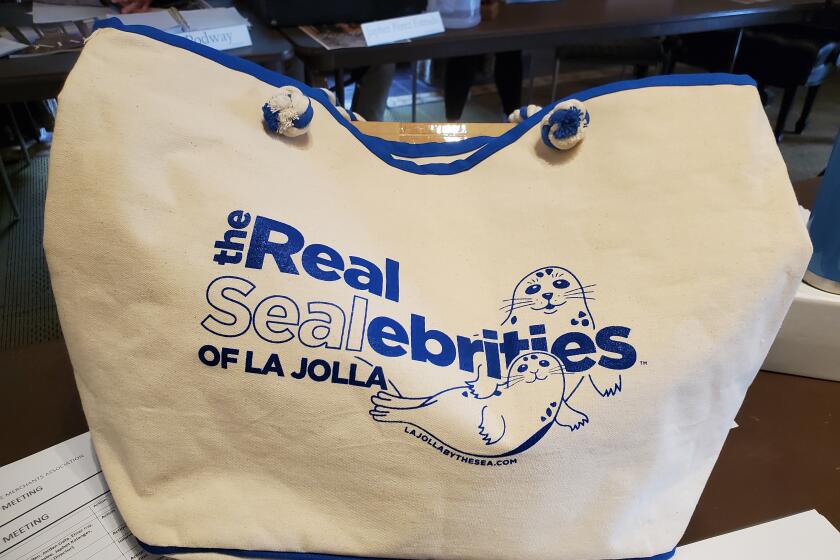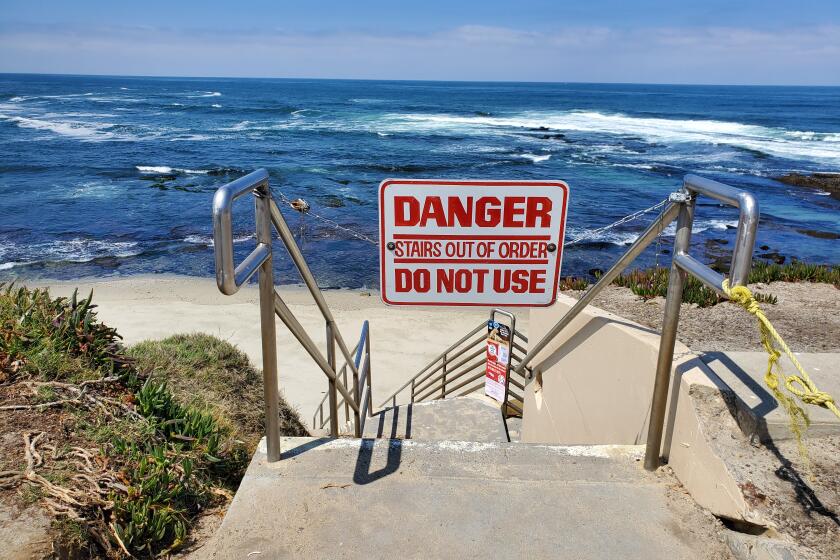Leaving San Diego? Series, Part 1: La Jollans have talked cityhood before. Will this time be different?
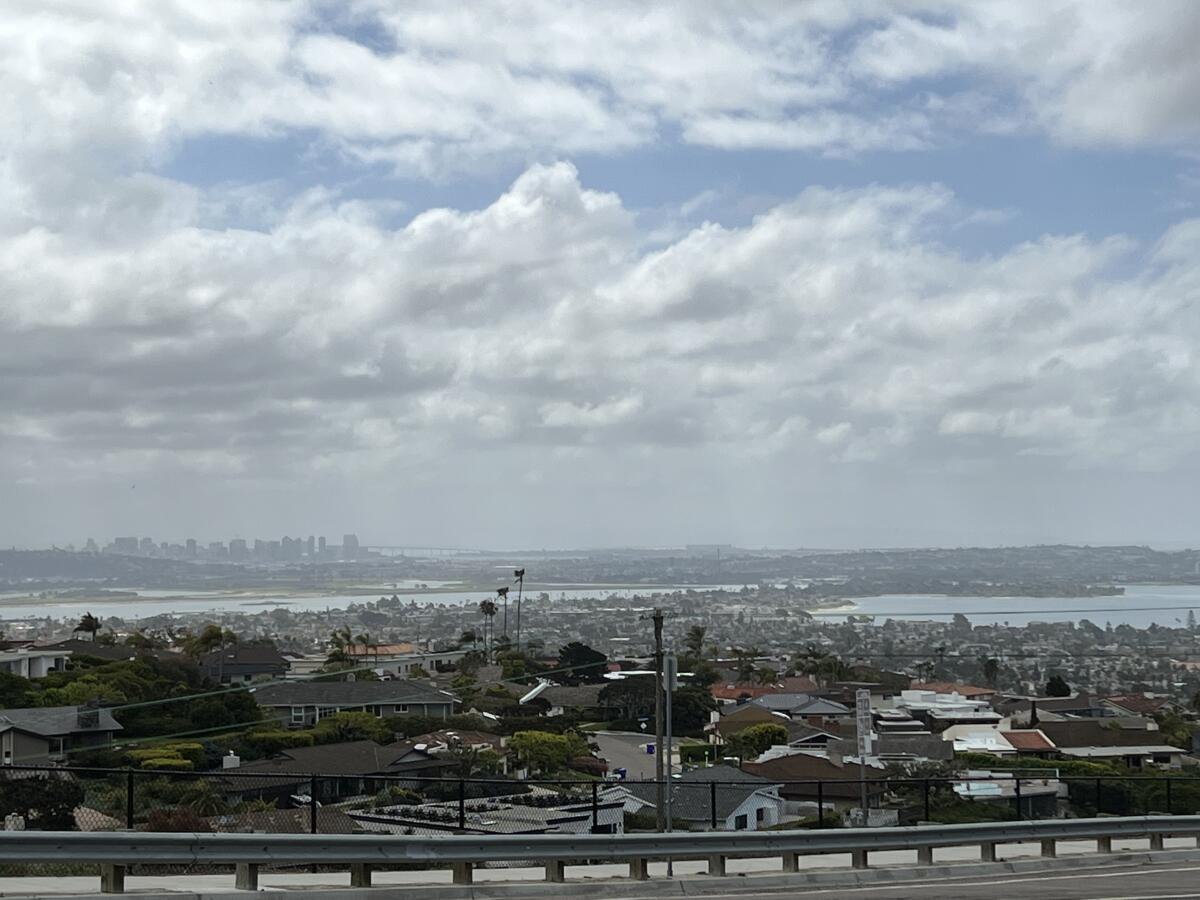
The issue of whether La Jolla should secede from San Diego and become a city of its own is back in the spotlight with a new group shepherding the effort. In this series, “Leaving San Diego?” the La Jolla Light looks into the requirements for cityhood, the people behind the proposal and the potential local and regional impacts of a city of La Jolla. This first installment explores the history of local secession movements, the issues that have spurred them and why previous efforts failed.
The idea that La Jolla should become a city goes back decades — to the 1950s or beyond.
With unique geography and a driving distance of more than 13 miles from downtown San Diego, La Jolla has long held an attitude of independence, despite being part of San Diego, according to La Jolla Historical Society historian Carol Olten.
During what Olten calls “great growth periods,” such as the founding of UC San Diego in the early 1960s and increasing development that helped lead to San Diego voters’ passage of a coastal 30-foot height limit in 1972, there was renewed interest in La Jolla seceding to become its own city.
“When La Jolla Parkway was cut through in the mid-1960s, there was so much concern about La Jolla becoming more of a part of San Diego because it was easier to get here,” she said. “People worried about losing their isolation.”
The concept of cityhood was first explored in a formal way by a group called Independent La Jolla in 1955. Its mission statement read, in part: “La Jolla is subject to the laws and actions of the city of San Diego, a municipality that has undergone dramatic growth and change in recent years. That growth has increasingly put San Diego’s priorities as a city at direct odds with those of La Jolla as a community. La Jolla’s very shoreline and skylines are controlled by the San Diego city government. Past decisions made by the city relating to critical qualities of life issues — from land use and historical preservation to environmental impact and municipal services — have reflected a consistent disregard for the stated preferences of La Jolla’s 45,000 residents.”
That early effort didn’t make much headway, but in the early 1960s, a group of residents created La Jollans Inc. and formed a de facto planning group to provide input on local issues and development. In 1966, the group became the La Jolla Community Planning Association, which was formalized when the San Diego City Council approved Council Policy 600-5.
If the arguments for cityhood expressed in the ‘50s by Independent La Jolla seem familiar, it’s because they’ve continued since then.
According to La Jolla resident Melinda Merryweather, who got involved in a cityhood effort in the 1980s, “Many of the issues we saw back then are issues we still see today: trash, potholes, slow police response times, cracked streets. It didn’t seem like San Diego and La Jolla were on the same page. We wanted to preserve history in La Jolla and San Diego didn’t seem to want to.”
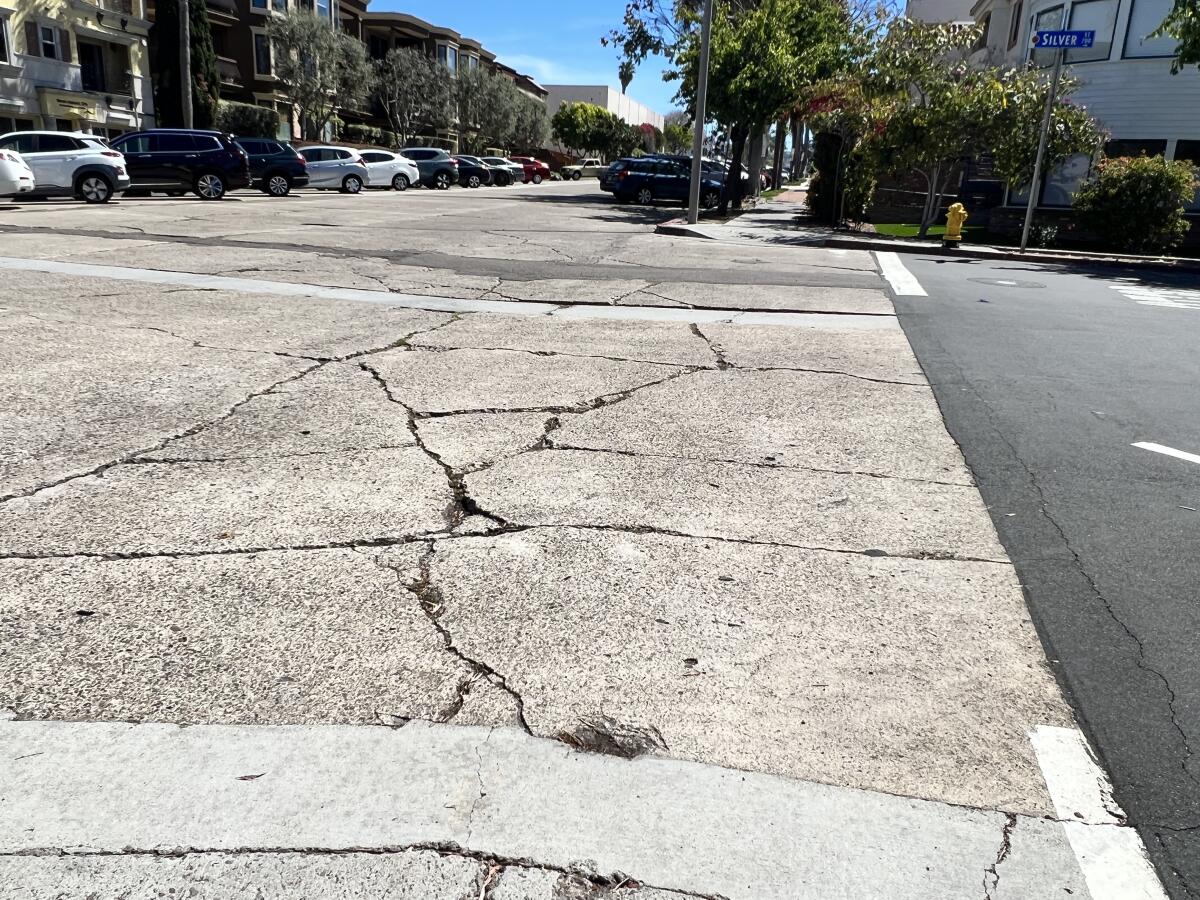
Merryweather compared the city’s oversight to the nursery rhyme “There Was an Old Woman Who Lived in a Shoe.” “San Diego was getting so big that some of its children [communities] were being ignored,” she said. “This is our mother city that can’t afford to take care of these communities properly. Some of the children are going to go without breakfast or with socks that don’t match.”
San Diego representatives have not commented about the past or current La Jolla cityhood proposals.
The first initiatives ultimately fizzled for lack of funding to pay for the studies required to launch the secession process.
Then in 2000, California’s Cortese-Knox-Hertzberg Local Government Reorganization Act established new procedures in which both a majority of the residents in a community looking to secede from a city and a majority in the rest of the city would have to approve the cityhood plan.
Independent La Jolla came back to life for more than a decade. Fundraising was launched and meetings were held to outline the path to secession. A 2005 study estimated La Jolla could owe $4.6 million in annual payments to San Diego for three years to compensate for loss of revenue should La Jolla go independent.
However, the plan began to go stale because “the city didn’t have someone in place that could review the information and issue an informed response in a timely manner,” Merryweather said.
Further, the involvement of then-Independent La Jolla member Cindy Greatrex discouraged large donations when she was accused in 2017 of stealing more than $67,000 in La Jolla Recreation Center funds when she was on the La Jolla Park & Recreation board. She pleaded guilty to grand theft in December 2018.
Nevertheless, in 2019 the cityhood group, under the new name Incorporate La Jolla, made a “substantial step” toward secession by contracting with Sacramento-based Economic & Planning Systems for a new initial fiscal analysis. But the study never happened as Incorporate La Jolla was unable to raise the funds for it and went defunct.
“We didn’t want to take La Jolla out in a helicopter, we wanted to make it better for everyone that comes,” Merryweather said. “This is a world-class tourist spot but doesn’t look like that anymore. People come here expecting something amazing … but the city can’t give us the maintenance we need. We could make La Jolla much more beautiful and give money back to San Diego. It’s a win/win for everyone.”
Building off the groundwork laid by Incorporate La Jolla, a new nonprofit group called the Association for the City of La Jolla began private meetings in September 2021 and has been consulting with people in the cities of Del Mar and Malibu. Del Mar incorporated from San Diego County in 1959 and Malibu incorporated from Los Angeles County in 1991.
“Past efforts allowed us to spring forward,” said association president and local urbanist Trace Wilson. The 2005 study “gave us the data to know this is possible fiscally.”
The association announced in March that it is officially exploring cityhood and raising funds to complete a new fiscal impact analysis by Richard Berkson of urban economics company Berkson Associates. Berkson also did the 2005 fiscal impact study when he worked for Economic & Planning Systems.
Berkson was hired in September and hopes to finish the new study by midsummer.
The Association for the City of La Jolla is exploring the community becoming independent of San Diego, reviving previous efforts by other groups.
As a local group continues its exploration of La Jolla becoming a city independent of San Diego, the answers to many questions will signal the potential viability of such a move.
Wilson said this new effort is different from past ones in that “it is a multi-generational, transparent, grassroots effort” with smaller donations coming from more people rather than large donations from fewer people.
“We have raised close to $55,000 and we have the money to complete the study, but we are also a fairly diverse board of trustees,” Wilson said. “We have different skill sets, and that has been helpful. Folks who are passionate about the political side are doing that work, the financial people are doing that work. We have a good base that we are going to build upon.”

“This is going to make a better La Jolla for the region. We made that switch of mindset of La Jolla wanting to leave to La Jolla wants to help, and we need to self-govern to do that.”
— Trace Wilson, president of Association for the City of La Jolla
The Association for the City of La Jolla has seven board members: Wilson, Janie Emerson, Diane Kane, Mary Coakley Munk, Sharon Wampler, Brenda Fake and Ed Witt, most of whom are leaders of various community organizations in La Jolla. But on this board, they are not acting in those capacities.
Past cityhood efforts were stymied not only by struggles with finances but also by thinking one step at a time, Wilson said.
Thus, the current effort is looking at the next few steps, such as working with the mayor’s office to collect data; meeting with the San Diego Local Agency Formation Commission, or LAFCO, which helps communities become incorporated; and educating the community “so everyone is on the same page,” Wilson said.
“The reason we’re doing this is by self-governing we can prioritize projects and focus on the population here,” he said. “Servicing us is not easy, but we can figure out what we want to do and get it done.
“This is going to make a better La Jolla for the region. We made that switch of mindset of La Jolla wanting to leave to La Jolla wants to help, and we need to self-govern to do that.”
Merryweather said she supports the current effort “1,000 percent. It’s the perfect time and the perfect people. This is our chance.”
The next installment in the series will explore the difference between seceding from a city and incorporating from a county. ◆
Get the La Jolla Light weekly in your inbox
News, features and sports about La Jolla, every Thursday for free
You may occasionally receive promotional content from the La Jolla Light.
